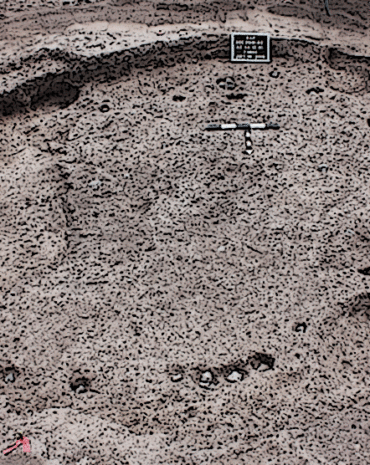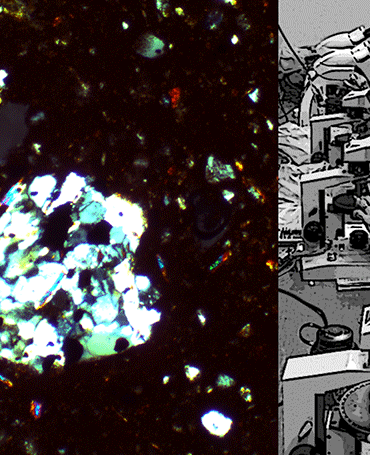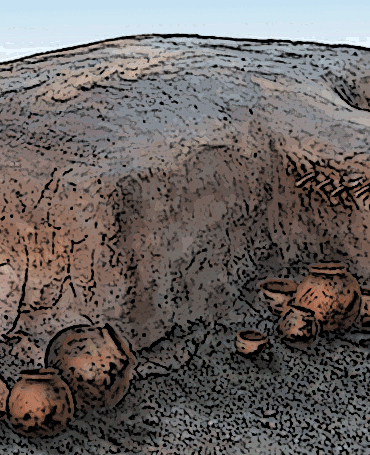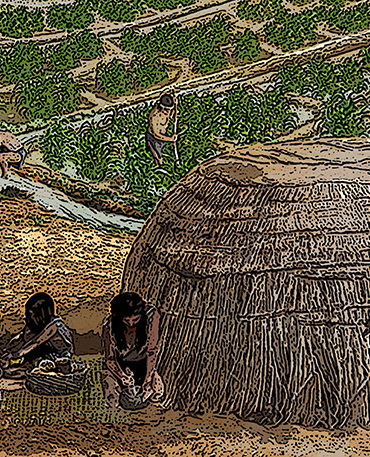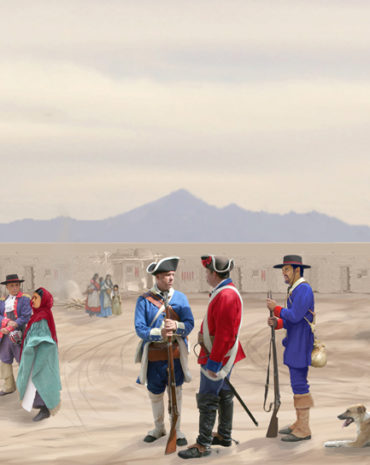 Oct 22
Oct 22Women in the Presidio San Agustín del Tucson
Homer Thiel examines the lives of people who have often been rendered invisible in history: the women who lived in the Tucson Presidio in the 18th and 19th centuries. Tucson, Arizona was a Spanish and Mexican military fortress (the Presidio San Agustín del Tucson) between 1776 and 1856. During this…


